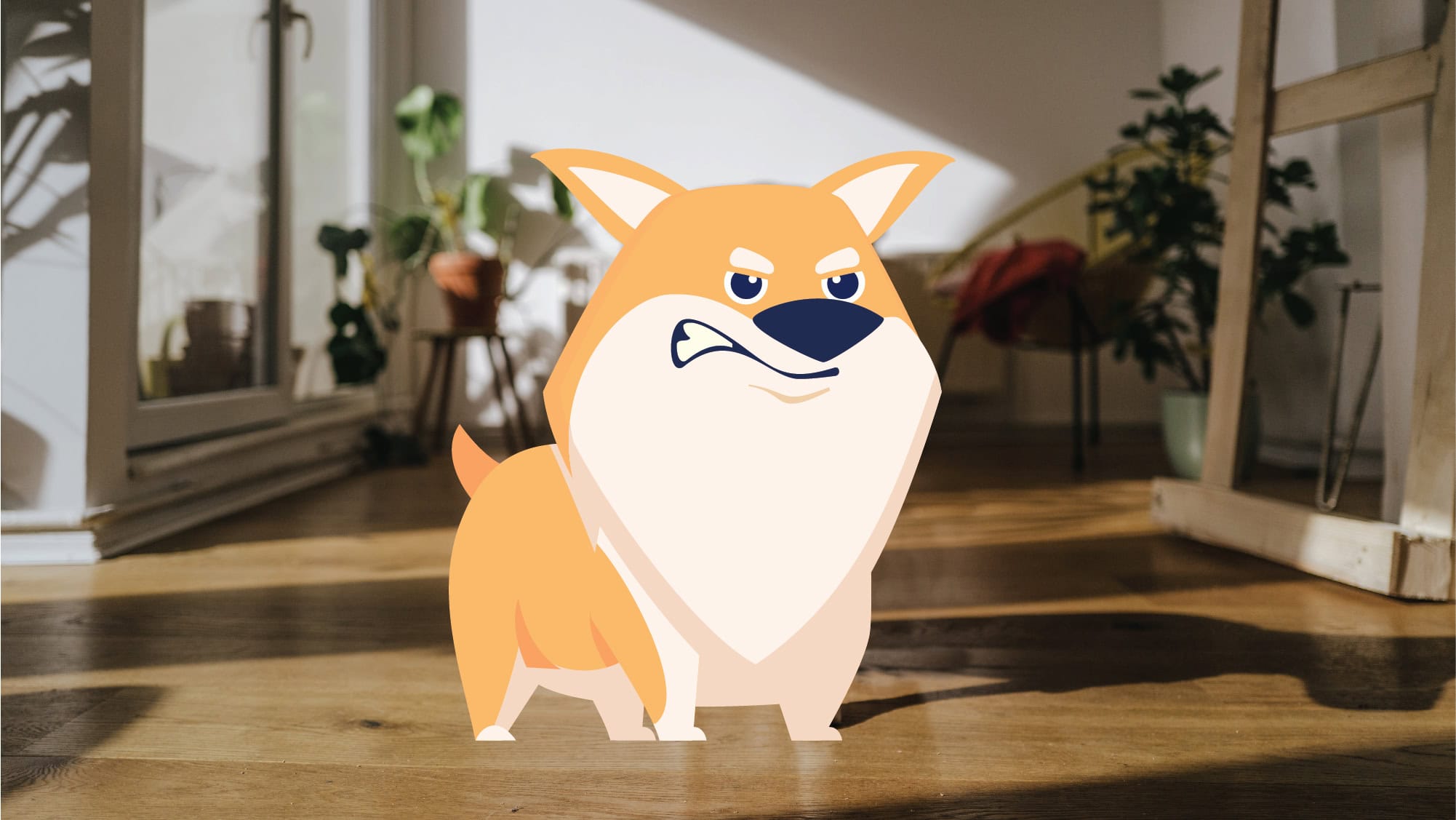Crate training is a great option for your puppy! A dog who is comfortable in a crate can be house-trained faster, won’t get into the trash while you’re out of the house, and can travel safely in the car. Once your dog is accustomed to a comfortable crate, you may find that he or she even chooses to hang out in there regularly.
Following the tips below will ensure that your dog views the crate as a quiet space where he or she can rest safely.
1. Start Slowly
Always be sure to gradually introduce time spent in a crate. First, start by giving your dog a treat every time he or she voluntarily walks inside. Feeding your puppy meals inside the crate will further create a positive association. Once he/she seems comfortable and walks into the crate easily, you can close the door for a few seconds.
With plenty of positive reinforcement, try to gradually work up to leaving the room for increasing amounts of time. You’ll need to start with only a minute or two, then slowly increase. If your dog seems stressed when you return, you may need to back up a stage: it’s important to make this a positive experience. Eventually, try adding a command such as “Crate” or “Kennel” to signal the behavior. Always provide lots of yummy treats to ensure that your pet develops a positive relationship with the crate.
As your puppy grows, you’ll need to balance how long you can leave him in a crate with how long he can hold his bladder. A good rule of thumb is that a puppy can control his bladder for one hour longer than the number of months he is old. This means that a 3-month-old puppy can wait 4 hours, a 4-month-old puppy can wait 5 hours, etc.
2. Choose the Right Crate
While the largest crate may logically seem like the most comfortable option for your puppy, too much space can actually hinder house training. Dogs will naturally avoid going to the bathroom in the same area where they sleep, which means they are unlikely to urinate or defecate in an appropriately sized crate. Your dog should be able to stand up, lie down, and turn around easily. Try to avoid excess space where your puppy will be able to sleep on one side and go to the bathroom on the other.
Choosing between a hard-sided crate and a wire crate can be tricky. Some dogs have a preference for one type, so you may need to test a different one if your pup seems uncomfortable. If you have a growing puppy, we recommend choosing a crate with an adjustable panel so that the size can grow with your dog.
3. Never Use the Crate as Punishment
Successful crate training means that your dog associates the crate with safety and calm. If he or she is forced into the crate following bad behavior while you are upset, a negative relationship will develop. It’s a good idea to always provide a reward when your dog goes into the crate, even if he or she is fully trained. Your older dog will still appreciate the reward!
4. Create a Comfortable Environment
Like choosing the right kind of crate, finding your dog’s favorite bedding option might require some trial and error. Some dogs will prefer a thick, soft, padded bed while others might want a thinner blanket. Paying attention to where your dog sleeps while outside of the crate will help you understand his/her preferences.
Conclusion
There are many ways to teach your dog to feel comfortable inside a crate, and some dogs will need a more gradual plan than others. The most important factor is to ensure that this is a positive experience for your puppy. Once your dog is relaxed in the crate, you’ll find that house training, traveling, and curbing bad behaviors while you’re not watching will be so much easier!
Feel free to schedule a check-up for your puppy or a virtual vet visit with BetterVet to ask any questions you might have about crate training. We’re happy to help! With over 50 years of combined experience, trust us to help keep your pup safe and sound.





